Metal Gear Solid V - A Change in Priorities
By TheYouthfuls 0 Comments
After putting around 90 hours into the latest (and presumably last) Metal Gear Solid, I finally reached its conclusion and am now prepared to ramble to you in an article filled with spoilers! You have been warned.
As many of you know by now, what was supposed to be the final mission and boss fight were cut from the game due to various reasons (one of them being “fuck Konami”, of course). This meant that the end was never going to be truly satisfying, so yes, especially after seeing all the glowing reviews, I was disappointed in what we were left with. We are forced to play through the opening mission yet again, meaning a 45 minute journey to get to the meat of the new content. The rest is just the same slog of a linear mission which, while bearable enough the first time, is utterly painful to be subjected to again. I could have skipped more cutscenes, but I stuck through it in hopes that the “TRUTH” version of this mission would change more than it actually did. Going into The Phantom Pain for the first time, I was willing to accept the ridiculousness of the opening, truly believing that most of the scene was some type of hallucination. Remember that part where Ahab and Ishmael are lying amongst corpses? Sticking out like a sore thumb, with their perfectly clean bodies, it looked so ludicrous that I thought it had to be part of the twist. But alas it was not. It was actually that dumb.
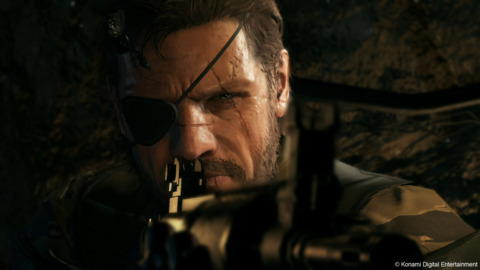
Metal Gear has always been a dumb series. This isn’t the dumb I can appreciate, though; more flaming whales and bosses spitting bees out of their mouths please--not this bollocks. To see all of this a second time and slowly become more infuriated by the lack of changes in the scene was eventually improved with the big reveal that you aren’t the true Big Boss. However, this was something I predicted from the beginning and was expecting something else huge to be revealed. So I (like many others) left the game lacking a resolution with Eli/Liquid and lacking a grandiose finale. It just kind of ends. After seeing what was cut, I can see an ending that would have been far more satisfying, if still not quite as good as what we’ve come to expect from the series. Although the integration of this incarnation of Big Boss (aka Venom Snake) was effectively placed into the helicopter crash at the end of Ground Zeroes, also explaining the absence of shrapnel in Big Boss’s head in the remainder of the series. It was neat, but that feels like the bare minimum for this particular series.
Which leads me to the main topic of this piece: the story of Metal Gear Solid V is the one you tell yourself.
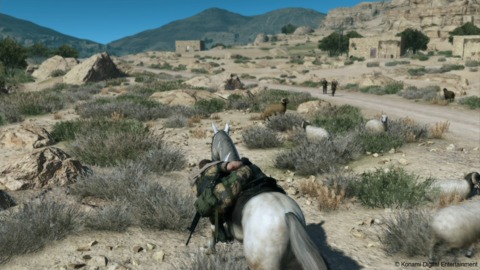
What I mean by this is that throughout the Metal Gear series, the games have had clunky, less-than-optimal controls, yet all is forgiven due to the enthralling stories Kojima is able to deliver. In The Phantom Pain, these priorities have been completely reversed; the gameplay has been nearly perfected and the story is sparse, with the bulk of it delivered through cassette tapes. I believe the choice to present the story in this way is significant for a number of reasons, one of these being that it reflects the lack of a budget left over to go into developing more cutscenes (although this is pure speculation). A second would be that it displays the willingness of Metal Gear Solid to get out of the players way. By completely dropping codec conversations in favour of cassette tapes, the player is able to unpack the story when and where they desire, usually whilst enjoying the phenomenal gameplay.
This presents a huge change for the series, and maybe not one that was best saved until the last true game in it. Especially for long time fans of Metal Gear (to be clear: I am not included in that group), I imagine it’s rather jarring to not have long conversations with the supporting cast through either cutscenes or the codec. Big Boss being relegated to a mostly silent character is enough of a change, but when combined with the lack of much character development, plot twists and an open world, it all feels so foreign. We can see where the money went however, and it was in the gameplay.
The gameplay is where Metal Gear Solid V shines brighter than any other in the series, and any other stealth/action game, period. Aiding this is the slick, solid 60FPS, which allows for faster reaction times and an overall better experience. The open world is barren in many ways; the meat of the gameplay is always had at outposts, ruins and other such structures. However, this allows for plenty of freedom in the direction and methods of tackling any objective. What’s interesting here is that the objectives don’t get much more complex throughout the game, as it sticks to a standard: go here, capture or kill that thing, maybe find some intel and then get out of the hot-zone. What does get more expansive and complex is your arsenal of gadgets and weapons. When I said that this game shines in the gameplay, I meant that in every single aspect. Every system within The Phantom Pain complements one another beautifully.
The most obvious and successful example of this is Mother Base. You go out in the field and extract the soldiers you knock out, which then opens up more development opportunities for an insane amount of weapons and gadgets. These help you tackle more soldiers and larger bases so that you can get more of them on to Mother Base, acquire more GMP, and open up further developments. This is an incredibly well thought out system, one which gives you a steady, satisfying progression and doesn’t end where the story does. Unlike the entire Metal Gear series (apart from Peace Walker), the game doesn’t prevent you from going back and playing in its world again.
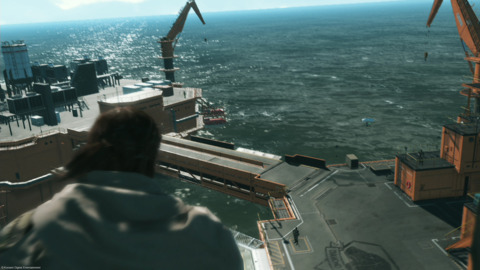
The world itself is one huge sandbox to play in with all of these toys provided by Mother Base. And what fun it is to play with said toys, whether it be piloting a Walker Gear equipped with a multitude of weaponry, or firing your robo-arm at unsuspecting soldiers, there's just so much to mess around with. Whilst the story contains a fair amount of camp and melodrama, it's nothing in comparison to previous games such as Snake Eater. Instead, the comedy comes from the utter absurdity of the gameplay, and only if you so choose. If you're boring like I am for the most part, then you'll rely on the tranq gun to take care of foes in a non-lethal manner. Without a doubt, seeing D-Dog whip out a stun baton and pounce on enemies to take them down livens up this non-lethal approach.
No matter your method of infiltration, there's always some experimentation to be had. While there are less gadgets than weapons, what is there is versatile enough to provide hours of fun. For example, I found myself enjoying missions in which you're tasked with eliminating tanks far more when distracting them with decoys before fultoning them along with everyone inside into the sky. The ways in which you can develop these gadgets is what gives them true depth. Ironically, Big Boss losing an arm actually opens up more possibilities in this area; from "ROCKETU PAWNCH" to electrocuting everyone in the area like Thor with a fully upgraded stun arm.
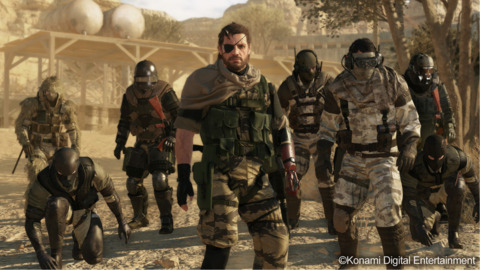
I adore the way you're encouraged to take a non-lethal approach so that more can be recruited to Mother Base; it feels less contrived than simply rewarding points for not killing, although the game does that too. Letting players easily access completed missions from the menu allows for plenty of experimentation without the concerns of getting the highest rank. Even C4 can be used in a non-lethal manner, as it's useful for distracting enemies or even blowing up power lines to electrocute those caught in the rain. The potential for emergent gameplay appears to be endless and I expect to be seeing plenty of videos for years to come that showcase this game's true brilliance.
Gameplay-wise, one of the only missteps I believe Kojima made is the substantial lack of boss fights. These fights have always been the mechanical highlight of the series, and despite loving the Quiet and Sahelanthropus fights, there wasn't much besides. Especially after playing Snake Eater, the few and far between bosses found in The Phantom Pain are a huge letdown, deprived of any real personality.
I’d argue that Metal Gear Solid V is still an incredible game, but perhaps not in the same ways which made the previous instalments fall under that category of greatness. The stories of this instalment are the ones we'll tell one another, stories of the madness that can take place in Africa and Afghanistan, rather than the huge narrative twists and turns, something I was not expecting whatsoever. Not everyone will be happy that this is what we've been left with, but I can slide down a hill in my cardboard box and strap a balloon to a sheep whilst having my horse poop on command, so I'm pretty happy.

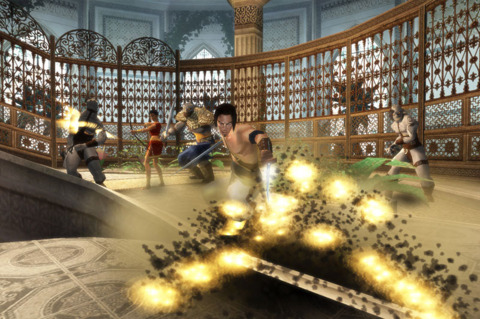
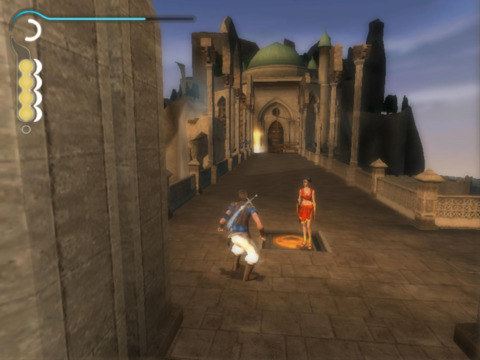
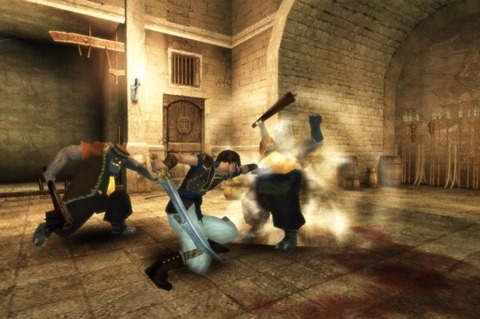
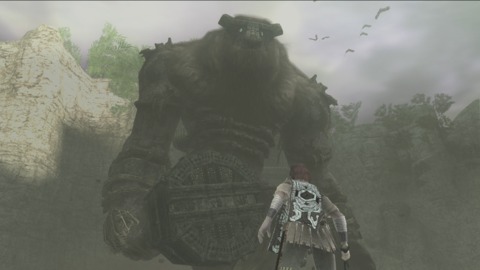
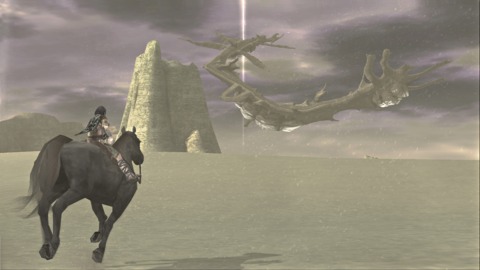
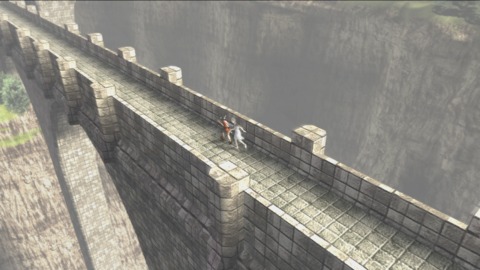
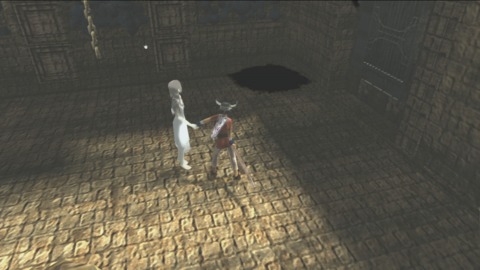
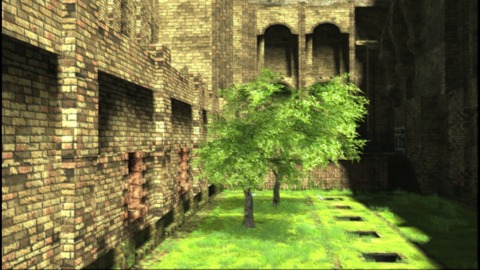
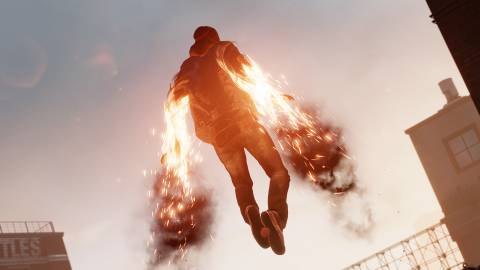
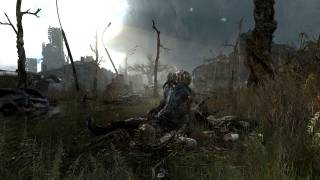
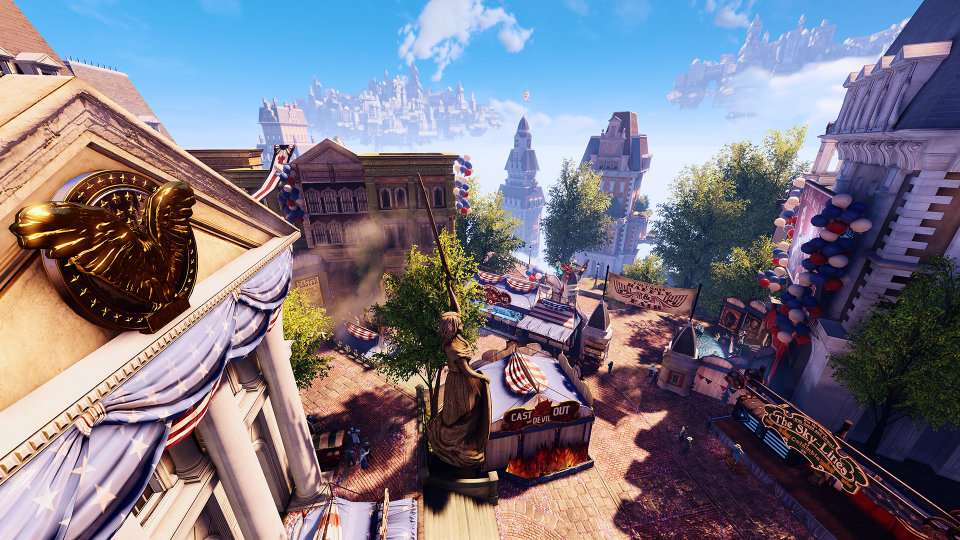
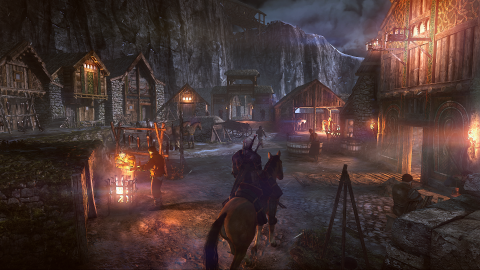
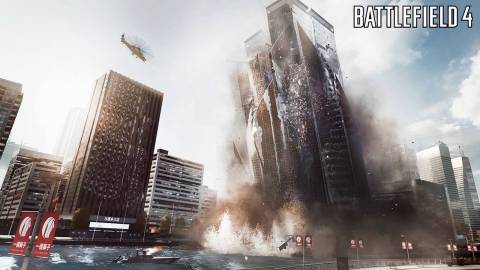
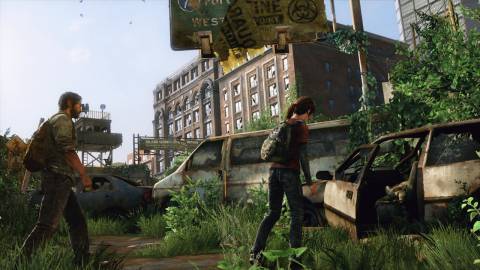
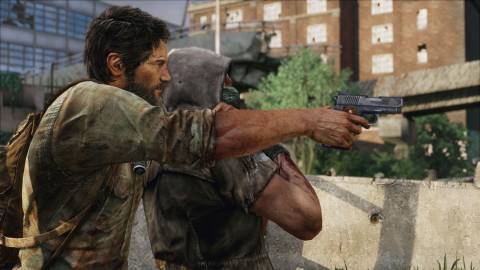
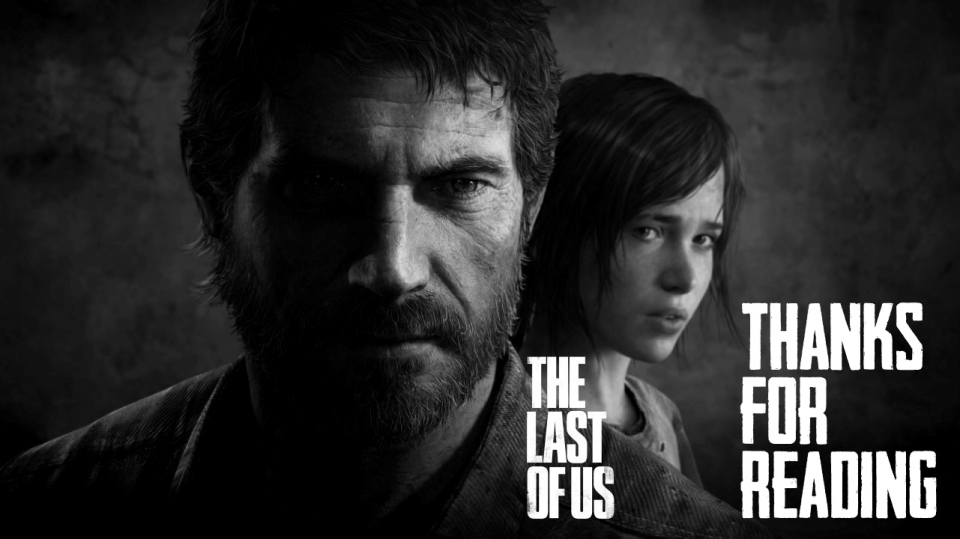
Log in to comment